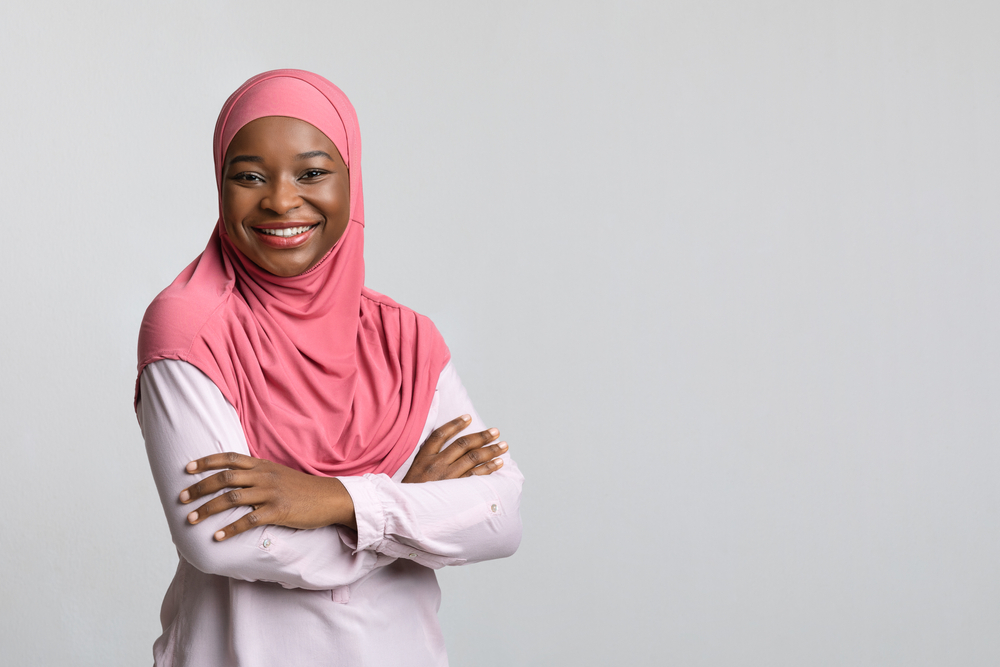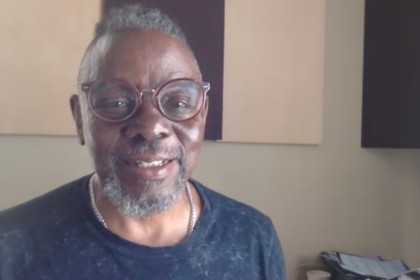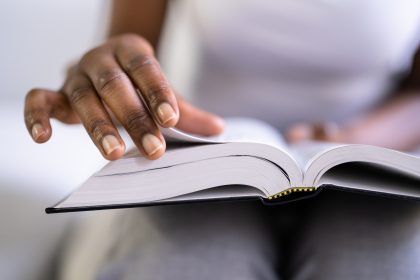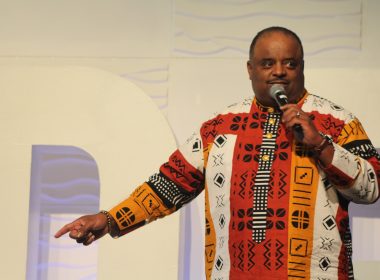You probably had no idea that over two billion people around the world are currently celebrating one of the most significant religious holidays on the planet. While you’re going about your regular Friday routine, millions of Muslims are engaged in prayers, family gatherings, and religious rituals that have been happening for over a thousand years.
Eid al-Adha, also called the Feast of Sacrifice, is happening right now and it’s a much bigger deal than most non-Muslims realize. This isn’t just a cultural celebration or a minor religious observance. It’s a major holiday that involves pilgrimage, animal sacrifice, community feasting, and religious devotion on a scale that affects economies, travel, and daily life across dozens of countries.
The fact that something this massive can happen with so little awareness outside Muslim communities says a lot about how disconnected we are from global religious practices that don’t directly affect our own daily lives.
The holiday commemorates an incredible act of faith
Eid al-Adha celebrates the story of Prophet Abraham’s willingness to sacrifice his son because God asked him to. At the last moment, God provided a ram to sacrifice instead, showing that Abraham had proven his faith and devotion. Muslims believe this son was Ishmael, while Jewish and Christian traditions typically identify the son as Isaac.
This story represents the ultimate test of faith and obedience to God’s will, even when that will seems to require the unthinkable. The holiday essentially celebrates the idea that true devotion sometimes requires being willing to give up what you love most, though in this case divine intervention prevented the actual sacrifice.
The parallel to Christian communion is actually pretty striking. Christians consume bread and wine representing the body and blood of Jesus Christ, while Muslims perform animal sacrifice representing Abraham’s willingness to sacrifice his son. Both traditions involve commemorating profound religious sacrifice through ritual consumption.
The timing revolves around the Islamic calendar
Eid al-Adha always falls on the 10th day of Dhul Hijjah, which is the final and most sacred month in the Islamic calendar. Since the Islamic calendar is lunar based, the dates move around relative to the Western calendar, which is why the holiday seems to happen at different times each year from a non-Muslim perspective.
This year the celebration began at sunset on June 5th for Muslims participating in Hajj in Saudi Arabia, but most Muslims around the world started observing on June 6th. The exact date can vary slightly from country to country because different governments and religious authorities might declare the start of the holiday based on their own lunar observations.
The fact that over two billion people coordinate their religious observance around a lunar calendar that most of the Western world ignores completely shows how different religious and cultural systems can operate parallel to each other with minimal intersection.
Hajj makes this celebration unique among world religions
One of the most remarkable aspects of Eid al-Adha is its connection to Hajj, the annual pilgrimage to Mecca that every Muslim is supposed to complete at least once in their lifetime if they’re physically and financially able. Millions of people converge on Saudi Arabia during this time, creating one of the largest religious gatherings in human history.
The pilgrims gather at Mount Arafat and perform rituals that have been essentially unchanged for centuries. Meanwhile, Muslims who aren’t participating in Hajj observe the holiday in their own communities by facing toward Mecca during prayers and performing their own rituals.
This creates a fascinating global coordination where millions of people are physically gathered in one location while billions more are spiritually connected to that location from around the world. It’s probably the closest thing to a truly global religious experience that exists in the modern world.
The celebration combines devotion with community joy
Despite the serious religious significance, Eid al-Adha is designed to be a joyful, communal celebration. The day typically starts with special prayers at the mosque, but then transitions into visiting family and friends, exchanging gifts, and sharing elaborate meals together.
Muslims follow various traditional practices during the holiday, including taking baths in the morning, wearing their best clothes and perfume, taking different routes to and from prayer services, and saying special prayers praising God. These might seem like small details, but they’re part of a comprehensive approach to making the day feel special and different from ordinary days.
The emphasis on community enjoyment alongside religious observance creates a balance between spiritual devotion and human celebration that many religious traditions struggle to achieve effectively.
Animal sacrifice connects modern Muslims to ancient traditions
The most distinctive and potentially controversial aspect of Eid al-Adha for non-Muslims is the animal sacrifice, called Qurbani. Muslims who can afford it sacrifice goats, cows, sheep, lambs, or camels following specific religious guidelines for humane slaughter.
The meat from these sacrifices gets divided into three equal parts. One third goes to the family performing the sacrifice, one third to extended family and friends, and one third to people in need. This creates a system where religious ritual directly addresses food insecurity and community welfare.
Many Muslims who live in urban areas or don’t have access to appropriate facilities donate money to organizations that perform the sacrifice on their behalf and distribute the meat to communities that need it. This allows the religious observance to continue even when the practical aspects of animal sacrifice aren’t feasible.
The scale of this celebration is staggering
When over two billion people observe the same holiday within a few days of each other, the practical impacts are enormous. Airlines see massive increases in travel as people visit family or participate in Hajj. Food markets experience surges in demand for specific items. Businesses in Muslim majority countries often close or operate on reduced schedules.
Yet most of this activity happens completely outside the awareness of non-Muslim populations, even in countries with significant Muslim minorities. It’s a reminder of how parallel societies can exist within the same geographic spaces with minimal interaction or awareness.
The economic impact alone is substantial when you consider the travel, food purchases, gift giving, and charitable donations that happen during this period. Entire industries plan their annual cycles around religious observances that many people have never heard of.
This reveals how little we know about global religious practices
The fact that something this massive can happen with so little mainstream awareness highlights how isolated different religious and cultural communities can be from each other. Most non-Muslims probably couldn’t explain what Eid al-Adha is or why it matters, despite it affecting billions of people annually.
This isn’t necessarily anyone’s fault, but it does suggest that our understanding of global religious practices is pretty limited outside our own traditions. When major world religions observe holidays that involve pilgrimage, sacrifice, and community celebration on this scale, maybe it’s worth understanding what’s happening and why it matters to so many people.
The global nature of Islam means that Eid al-Adha celebrations are happening simultaneously across dozens of countries, cultures, and languages, yet following remarkably similar patterns of observance. That kind of coordinated global religious practice is actually pretty extraordinary when you think about it, happy Eid al-Adha.













